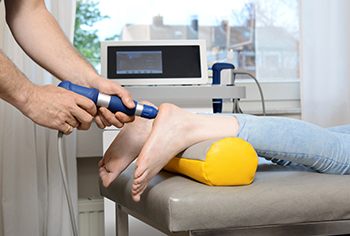
Selecting the right pair of running shoes is an important decision for both seasoned runners and beginners. The perfect running shoes provide not only comfort but also reduce the risk of injuries. To find the best fit, it is helpful to know your foot type. They can be flat, or have a normal or high arch. Knowing this helps determine the right level of arch support you need. It is beneficial to consider what terrain you'll be running on. Different types of running shoes are designed for road running, trail running, or a mix of both. It is also helpful to assess your gait, whether you overpronate, which is rolling inward, or supinate, which is rolling outward. Always try on running shoes in the late afternoon or evening when your feet tend to be slightly larger. Ensure there is a thumb's width of space between your longest toe and the shoe's end. Walk or jog in the store to gauge comfort and fit. Lastly, don't compromise on quality or comfort for style, and it is important to prioritize function above all else. By taking these factors into account, you can confidently choose the best running shoes that suit your unique needs, ensuring a comfortable and enjoyable running experience. If you would like additional information about how to choose running shoes that are best for you, it is suggested that you confer with a podiatrist.
You should always make sure your running shoes fit properly in order to avoid injury. For more information, contact Jeffrey Parrett, DPM from Parrett Podiatry. Our doctor can provide the care you need to keep you pain-free and on your feet.
Choosing the Right Running Shoe for Your Foot Type
Improper shoe sizing can cause a myriad of problems for your feet. Shoes that don’t fit you properly can lead to muscular imbalances in your body, which can result in foot, knee, and hip injuries.
Tips for Finding the Right Running Shoe
- Make sure you have a thumb’s width of wiggle room between the end of your longest toe and the front of the shoe.
- There should be little to no slipping at the heel
- Don’t assume your size in one shoe brand will be your size in another
- Do not lace up your shoes too tightly
- Walk around in the store with your new shoes before you buy them
If you have any questions please feel free to contact our our office located in Waxahachie, TX . We offer the newest diagnostic and treatment technologies for all your foot and ankle needs.




